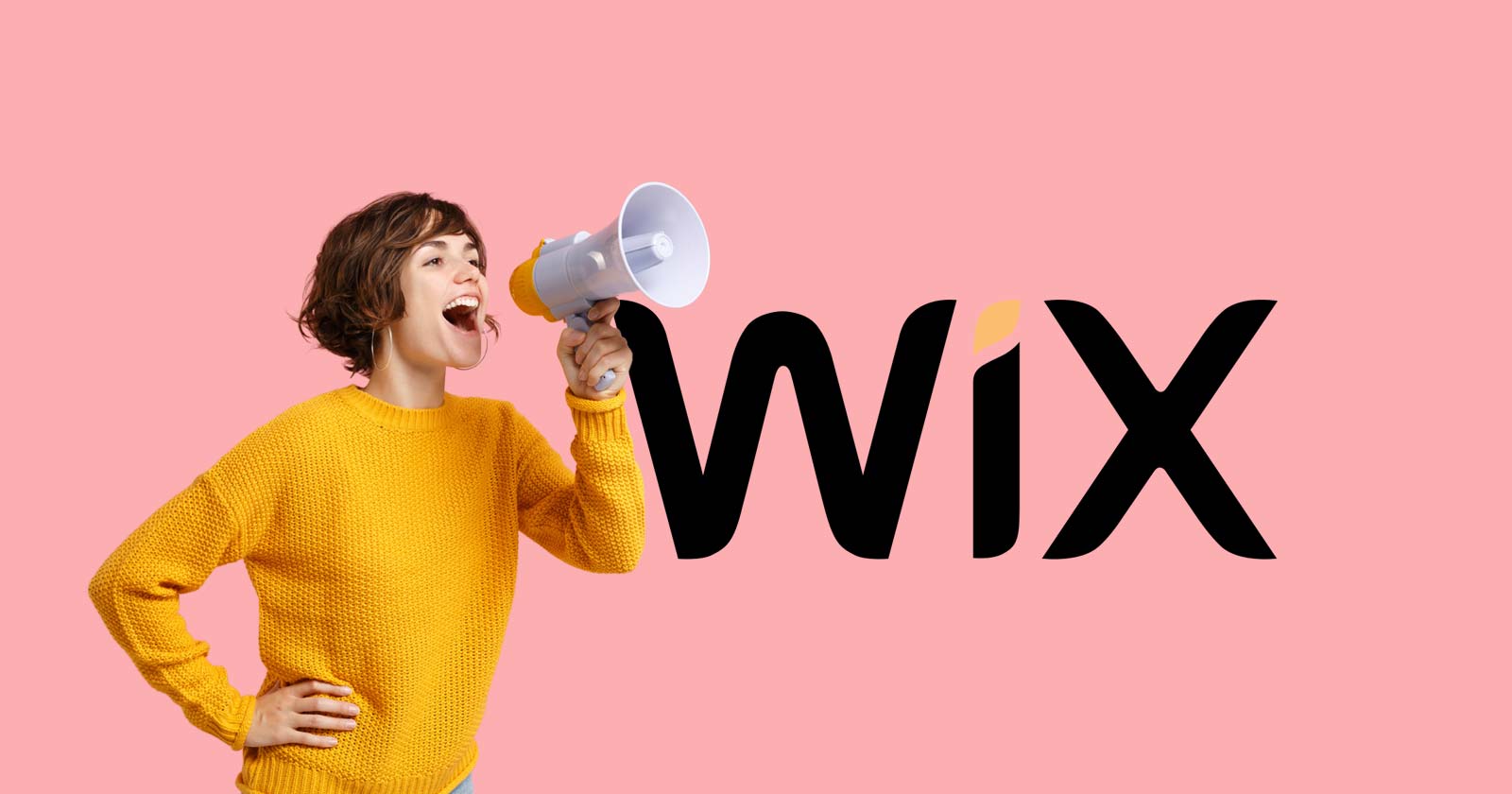Optimizing Images for SEO: A Comprehensive Guide
Images often make up the largest part of webpages. They have their own tab on Google results and even their own algorithm. Appearing in image results should be part of a complete SEO strategy to reach users looking for images. Your content should contain high-quality images either way, so why not optimize them too? It’s like the search engines are giving away Oreos and milk for free. Don’t only take the Oreo – it’s way better dunked in milk. This article will discuss each aspect of image SEO in detail and guide you on optimizing your images for better visibility in search engines.
How Search Engines Index And Understand Images
Search engines crawl webpages to discover images and extract data from images, such as metadata and file names. Google considers factors – such as surrounding text, image file name, alt text, captions, and page content – to understand the context of images and uses image recognition technologies to understand the content of the images.
What Is Image SEO?
Image optimization is a set of techniques for increasing visibility in search engine results pages (SERPs) based on our knowledge of how search engines crawl, understand, and rank images. This involves compressing images to reduce load times, using responsive images for different screen sizes, implementing lazy loading, adding relevant alt text for a better user experience, using descriptive file names, and implementing structured data for images. With this background, let’s dig into each optimization tip below.
1. Choose The Right Image Format
There are dozens of image formats available, but Google search supports only these formats: JPEG, PNG, WebP, BMP, GIF, and SVG. Let’s understand the differences between these formats and how they impact your website and SEO.
- PNG: Uses lossless compression, meaning no image data is lost. It produces better-quality images and supports transparency, but it comes with a larger file size and is ideal for printing.
- JPEG: Uses lossy compression and causes image quality degradation, but you can adjust the quality level to find a good balance.
- WebP: Developed by Google, it uses lossless or lossy compression and is more efficient than JPG, providing smaller file sizes at comparable quality levels. It is supported by all major browsers.
- GIF: Uses lossless compression but is limited to 256 colors, making it less suitable for high-quality images and more suitable for simple graphics and animations.
- SVG: This vector-based format is used for logos, icons, and other designs because it can be scaled to any size without increasing file size. This makes it ideal for responsive web design.
- BMP: Large and uncompressed image files that maintain very high quality. Due to its size, it is not typically used for websites, as it can significantly slow down page loading times.
For me, the best option is PNG, which can then be converted into WebP format for web deployment. Regarding GIF conversion to WebP, note that old browsers, such as Safari 15.6 (macOS Catalina) and older, don’t support animated WebP formats. Typically, only a few users utilize outdated browser versions, so you don’t need to worry about it. As a general rule, when you use a certain technology, it is advisable to regularly monitor the percentage of your traffic’s devices that support it via Google Analytics.
How Compression Affects Image Quality And Load Times
To understand this, let’s use a sample image in BMP format and convert it into different formats. Look at how file size and load time on the webpage change based on my experience.
| Image Format | File Size | Load Time on 3G Connection | Load Time on Fast Connection (128 MB/sec) |
|---|---|---|---|
| BMP | 1900 KB | 17.22 sec. | 311 msec |
| PNG | 552 KB | 9.16 sec. | 156 msec |
| GIF | 265 KB | 5.89 sec. | 89 msec |
| JPG | 91.5 KB | 2.91 sec. | 47 msec |
| WebP | 41.2 KB | 1.77 sec. | 29 msec |
As a testing environment, we used a local Apache web server and included images on a sample HTML page. This illustrates how effective a WebP format is. It has the lowest file size and loads five times faster than PNG and almost twice as fast as JPG files. That is why it is recommended to use WebP. If you have done that, it means you already made great progress in optimizing for the load. (There are cases when WebP image size can be higher than the original file. Learn more about it at Google’s FAQ page.) However, changing the image format, a.k.a. applying a compression algorithm, may cause it to lose its quality and sharpness. This means that you should choose the appropriate format based on the nature of your website. For example, if you have a photography website where retaining high-level details in images is key to user experience, it is advised to use PNG rather than JPG or WebP. In that case, you can display WebP format thumbnails that link to the full-quality PNG images. We have learned about the various image formats and their respective compression methods. You might be wondering what different image compression tools, such as ShortPixel or TinyJPG, do. Image compression services use advanced algorithms and strip out unnecessary metadata (like EXIF data and GPS tags) to reduce file sizes beyond the basic compression inherent in standard file formats. These services apply enhanced lossy or lossless compression techniques, selectively removing data that is less noticeable to the human eye. For example, when the sample image above is converted from JPG to WebP using ShortPixel lossy, it results in an 8.3 KB file, while TinyJPG generates a slightly different 8.7 KB file. Below is a list of image compression services you may consider using:
What About The AVIF Format?
AVIF is a new format that is supported across all major browsers – but it is not yet supported by Google, so we didn’t include it in our initial list. It offers an even higher level of compression using lossy compression. However, if you are satisfied with AVIF quality and want to use it, you can do so by including it in the tag as the first . Browsers that support AVIF will render it even smaller. Google, which still doesn’t support it as of the writing of this article, will simply ignore it and proceed to the next format specified in tag. Here is a sample code:
Image/Photo credit: source url
[ad_2]



